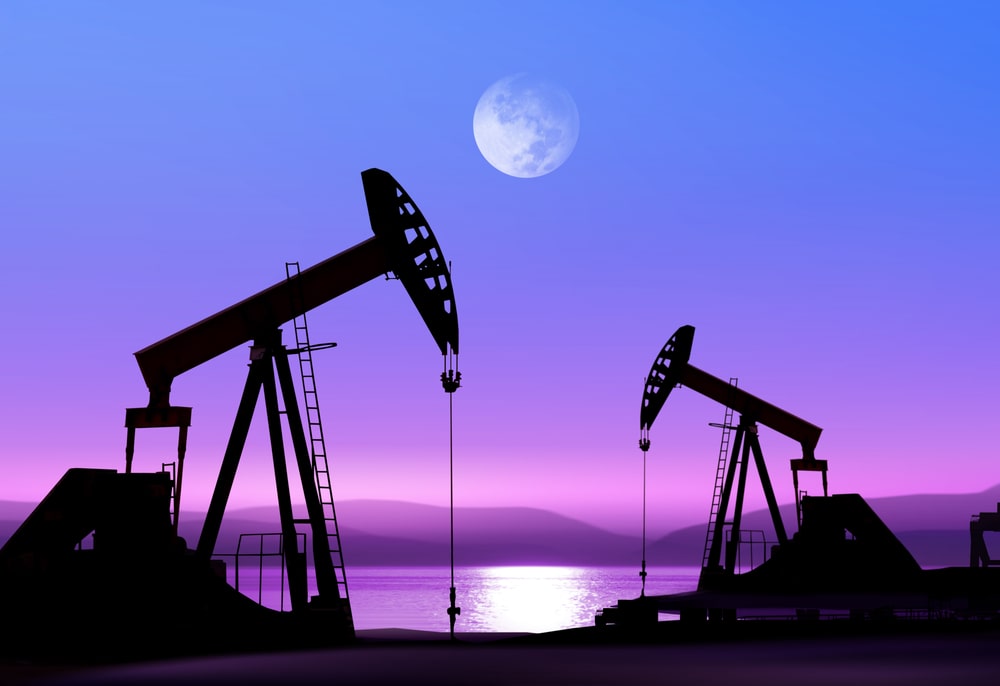

Summary
-
- European gas storage at 62% is at its highest level ever for May, excluding the Covid period. This reduces the risk of winter gas spikes.
-
- Despite recent weak China growth data, trend oil demand remains high.
-
- We continue to monitor the wildfires in Alberta for signs of escalation, increasing the risk to domestic oil production.
This article is only available to Macro Hive subscribers. Sign-up to receive world-class macro analysis with a daily curated newsletter, podcast, original content from award-winning researchers, cross market strategy, equity insights, trade ideas, crypto flow frameworks, academic paper summaries, explanation and analysis of market-moving events, community investor chat room, and more.
Summary
- European gas storage at 62% is at its highest level ever for May, excluding the Covid period. This reduces the risk of winter gas spikes.
- Despite recent weak China growth data, trend oil demand remains high.
- We continue to monitor the wildfires in Alberta for signs of escalation, increasing the risk to domestic oil production.
High Storage Suggests Nat Gas Prices To Stay Low Into Winter
The euro-area avoided a major energy crisis during the winter by reducing demand for natural gas. The IEA reports the major contributors as follows (Chart 1):
- Production curtailment (-13 bcm).
- Mild winter temperatures (-18 bcm).
- Fuel switching – gas to oil within the industrial sector, and to coal for power generation (-14 bcm).
- Increased efficiency driven mainly via the use of heat pumps (-6 bcm).
When coupled with weak industrial demand since the year started, the euro area emerged at the end of March (peak heating season) with gas inventories 56% full. That is the highest on record for this time of year.
Latest figures show storage remains elevated, with gas inventories 62% full (Chart 2). That is second highest level on record for May – after the initial Covid lockdowns in 2020. For context, last year it took until mid-July to get to this level.
As the euro area enters purchasing season, elevated storage reduces the challenge of keeping inventories sufficiently high over the winter.
Consequently, 1-month ahead Dutch TTF futures have fallen to their lowest level since July 2021, signalling reduced demand (Chart 3).
Moreover, the volume of LNG that has stayed on the water for more than 20 days recently topped 3.4mn tons, well above the 1.5mn tons average over the last five years (Chart 3). Eventually, we expect this to feed into higher euro-area storage and increased demand from Asia over the summer.
These factors suggest a severely diminished risk of a large spike in European energy prices this year. Therefore, the energy component of inflation in Europe, and consequently food prices (given natural gas as a feedstock for ammonia) should continue to come down over the rest of this year.
These are the main risks to our view:
- A much colder winter that increases the demand for heating.
- Poor rainfall over 2023 leading to reduced output from hydropower – last year, this resulted in gas demand rising by 13 bcm.
- Russia cutting LNG exports to the euro area. The bloc increased imports of Russian LNG in 2022 to 22bcm up from 16bcm in 2021. Therefore, the euro area remains at risk of retaliatory measures from Russian President Vladimir Putin despite reducing imports via pipeline.

Chinese Oil Demand Higher Than You Think
Latest trade data from China showed both imports and exports of crude and petroleum products were down in April following the sharp spike in March.
Imports were down by c. 17% m/m to 46.8 metric tonnes, following a 29% increase in March. Exports of refined products also fell to 3.75 metric tonnes from 5.45 metric tonnes in March – a nine-month low.
The latest trade data is likely impacted by Chinese refinery maintenance, which will have impacted both oil demand and petroleum exports. On a three-month moving average, the trend remains higher, supporting the view that Chinese demand remains robust (Chart 5).
How are Chinese oil inventories faring?
While Chinese SPR data remains elusive, we can get a sense of Chinese commercial inventories. Gasoline inventories, like in the US, continue to fall and are near their lowest levels at 14mn metric tons (Chart 6). Diesel inventories may have peaked but remain historically elevated at 16mn metric tons (Chart 7).
To sum up, Chinese trade data relating to oil continues to suggest the recovery is on track, as does our growth tracker. The inventory picture corroborates the PMIs: demand for services (which will consume gasoline and jet fuel) remains strong. However, industrial activity continues to weaken.

Alberta Wildfires Risks 0.28mn b/d of Oil Production
We also continue to monitor the development of wildfires in Alberta, Canada. Alberta is home to large oil sands that produce up to 3.6mn b/d, so short-term supply could materially suffer, depending on the severity.
The risk to the oil price comes if the wildfires are as severe as in 2016 and 2017, when production fell up to 1mn and 0.5mn b/d respectively. Early indications suggest lower severity, with the impact estimated at around 0.28mn b/d. Natural gas production will also be impacted.
Market implication: should the wildfires appear to escalate, we could see a shorter-term spike in the oil price, particularly in the heavy crude varieties more commonly produced in Canada.
